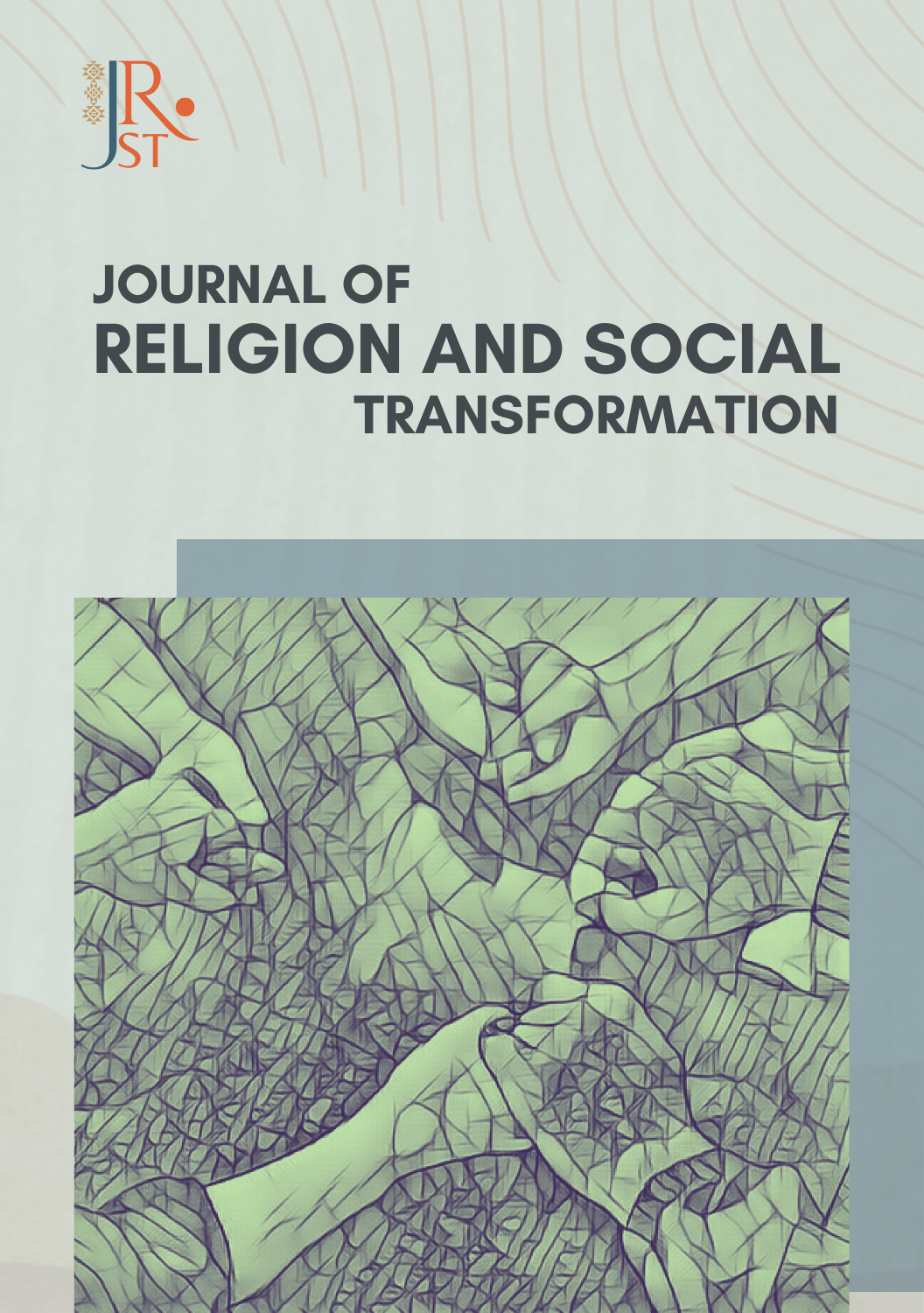Analisis Semiotik Roland Barthes dalam Tradisi Kalomba Kajang
DOI:
https://doi.org/10.24235/04009e90Keywords:
Semiotics, Roland Barthes, Kajang, KalombaAbstract
Kajang tribe is famous for its traditions and customs that are upheld. One of the kajang traditions that shows the tribal identity is kalomba tradition. Researchers are interested to know the meaning of philosophy in kalomba tradition for kajang people. Therefore, the purpose of this study is to analyze the denotative meaning, connotative meaning and myth using Roland Barthes theory in kalomba tradition in Kajang people. The approach used in this study is a descriptive qualitative approach. Based on the results of the study, conclusions were drawn on the denotative meaning of Kalomba tradition, namely as a gathering of families and local communities to eat together, listen to entertainment in the form of musical instruments, and melodious singing and prayer together for the future of children. While the meaning is connotative kalomba tradition as a traditional tradition kajang done by parents of Kajang descent who have children aged 3 to 8 years, they are obliged to do Kalomba with the aim that their child avoids hereditary diseases and bad luck that has been sworn by their ancestors. Based on the analysis of the meanings that have been described, there is a concept called hierofani. Hierofani is a manifestation or appearance of the sacred and exfolied in a tradition. In addition, Kalomba tradition is also a collective religious expression. Because every stage at the Kalomba event has the meaning of the philosophy of life that has become a myth in the middle of Kajang people. They believe that if they do not carry out the Kalomba tradition, they will be afflicted with bad luck and disease to their descendants.Downloads
Download data is not yet available.
Downloads
Published
2023-12-30
Issue
Section
Articles
License
Copyright (c) 2023 Journal of Religion and Social Transformation

This work is licensed under a Creative Commons Attribution-NonCommercial 4.0 International License.





